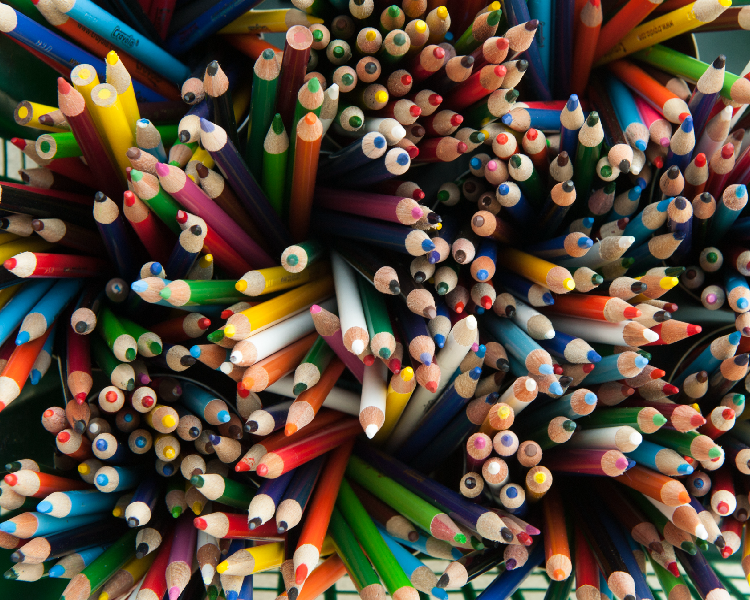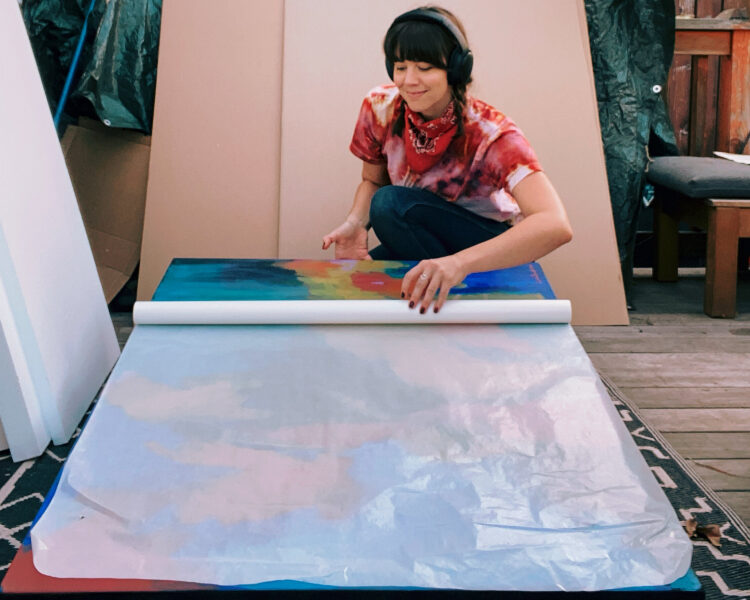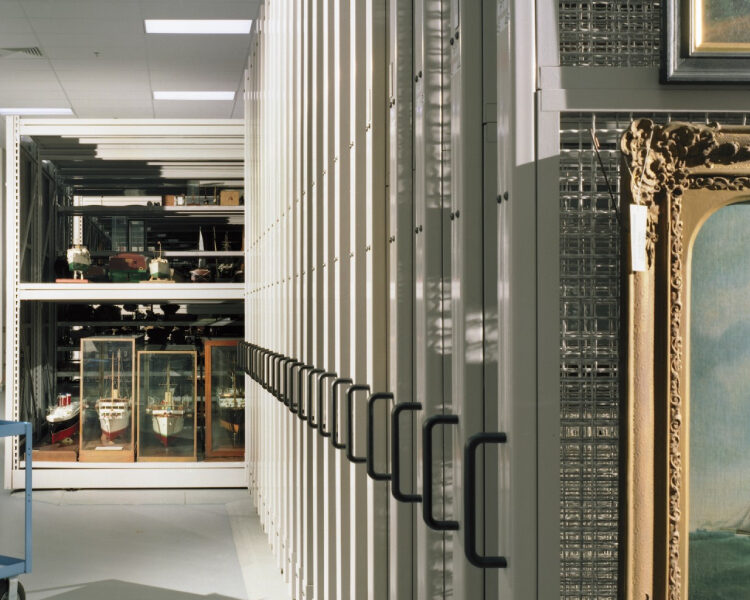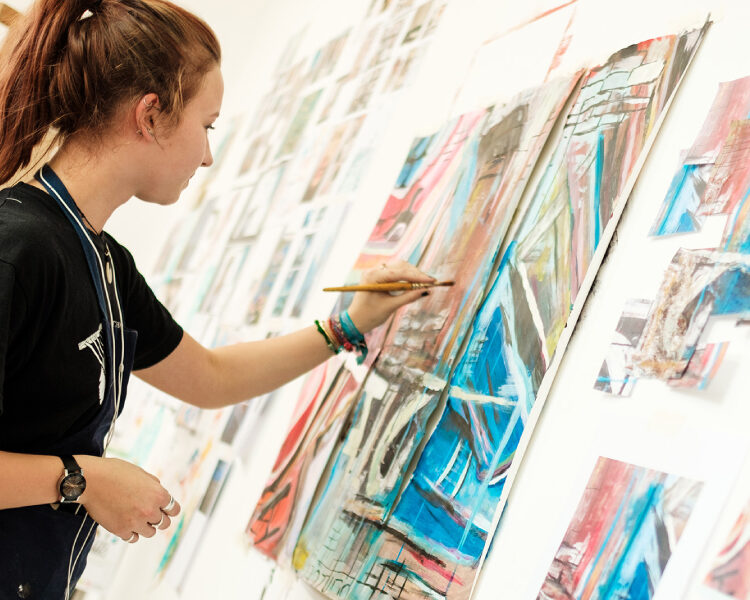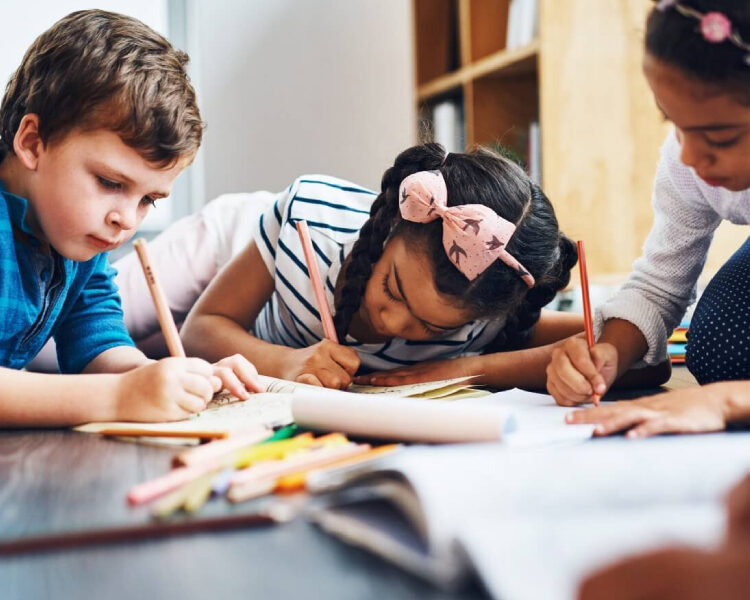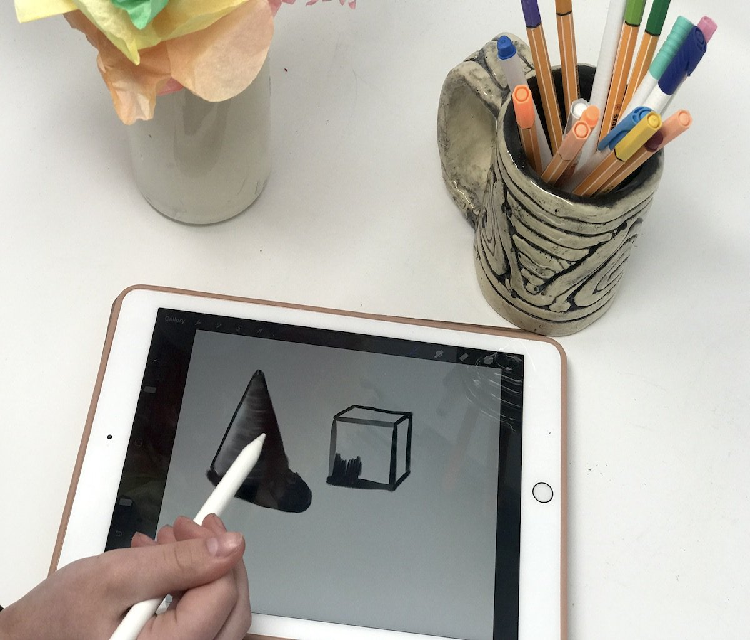
Technology Has the Potential to Improve Art Rooms
Technology is omnipresent, whether you like it or not, and it will only continue to expand and become a vital component of education. Technology is already finding its way into classrooms as educators and developers produce new solutions to better education.” It is vital in the art studio to strike a balance between technological integration and traditional creative methods.
Examine the top ten ways that technology may help you improve your art studio. 1.Technology allows youngsters to express themselves via art in unique ways. Technology in the art studio is an excellent method to expose your students to a variety of media.
Students can use a variety of apps to create their own art as well as alter historic art that has already been created.
Here are a few examples to get you started:
Green Screen, KaleidaCam, PicsArt, Procreate, Aviary, Paper 53, Doodle Art, These applications also demonstrate pupils that several types of art, such as animation, green screen, and iMotion films, are available.
2. Technology provides a plethora of programs that allow conventional art to be altered.Students can use a number of applications to change the appearance of their artwork.
Students can also combine two or more applications to alter the appearance of their artwork, a process known as “app smashing.” Students, for example, may use Aviary to edit an image of a sketch. The learner may then import it into another application, such as PicsArt, to make changes. This is very useful for photo projects.
3. Technology has made flipped learning possible; flipped learning is a wonderful approach to impart knowledge with students without having to constantly repeat oneself.
If students are late or absent, they can watch video demonstrations generated with technology like Chromebooks or iPads. Many art professors have begun to use the flipped approach to save time reteaching courses or for student-directed learning while they are on vacation. Flipped learning is successful and might be very beneficial in a variety of art classes.
4. Technology has the potential to transform education.
Projectors, document cameras, iPads, Chromebooks, and SMART boards are just a few examples of technology that might help you improve your teaching. We are no longer in the “sit and receive” era, in which pupils were expected to memorize a book or listen to lectures word for word. Teachers may use technology to transform their classrooms and provide content in new and more effective ways. There are other websites where students may take virtual tours of museums such as the Louvre.
5. Technology expands research possibilities.Students are enthralled by technology. They routinely use their cellphones, iPads, and laptop computers for lengthy periods of time. Using these tools to help students learn might be a great approach to get them involved in class research.
6. Technology allows for easy tracking of student development. In many art rooms, digital portfolios are becoming more frequent.
They’re a great way to see what your children are working on while also providing a place for them to arrange their work—and they don’t take up any room. Some well-known digital portfolio applications are Cretubbles, SeeSaw, and Artsonia. Some art professors use Google Classroom to keep track of older students’ work.
7. Technology enhances the enjoyment of studying.
It is critical to create strategies for making learning more enjoyable. Learning new ways to communicate knowledge, engage students, and cultivate 21st-century skills may be advantageous not just in terms of critical thinking, communication, creativity, and cooperation, but it may also be enjoyable.
Because of technological advancements, formative evaluations may now be applied in a number of ways.
8. Depending on the number of kids in your class, assessment in the art room might be scary. Technology may help alleviate this burden by enabling you to do organized formative evaluations in your classroom in a fun, quick, and efficient manner.
Depending on the software or platform you use, you can save time and money by reducing paper usage and consolidating data into a single, easily accessible location.
9. Technology fosters cooperation.Collaboration gives pupils the opportunity to practice working with others. Technology can help to develop this skill in a variety of ways. Collaboration is made simple with tools like Google Drive, Padlet, and Prezi.
10. Technology encourages participation.Student involvement is an essential problem in schools. Learning activities should be interesting in order to reach your pupils.
Technology can assist you in engaging and engrossing your pupils in current debates. A Google Slides presentation of amazing art or a Plickers review may both catch students’ interest quickly. They are methods of interactive learning that promote student participation.
Whether you’ve been using technology for a long time or are just starting started, incorporating it into your classroom is a step in the right direction. As you can see, there are various advantages for both you and your pupils.


